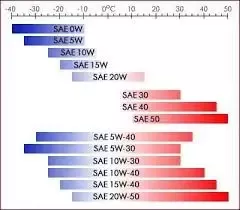The crankshaft is a crucial component in your vehicle’s engine. When it malfunctions, it can lead to various issues. Let’s explore the symptoms associated with both a bad crankshaft position sensor and a faulty crankshaft pulley:
- Bad Crankshaft Position Sensor:
- Check Engine Light: The most common sign of a bad crankshaft position sensor is the check engine light illuminating on your dashboard. This indicates that your Engine Control Module (ECM) has detected an issue.
- Stalling Engine: A malfunctioning sensor can cause your engine to stall unexpectedly.
- Poor Engine Performance: Reduced engine performance, including compromised acceleration and top speed, may occur due to incorrect timing values.
- Engine Vibrations: If the ECM doesn’t time things correctly, you might experience excessive engine vibrations.
- Misfires: Rarely, you might notice engine misfires.
- Difficulty Starting: In severe cases, starting your vehicle may become challenging.
- Bad Crankshaft Pulley:
- Engine Vibration: A failing crankshaft pulley can lead to engine vibrations.
- Irregular Engine Idle: The pulley’s malfunction can cause an irregular idle.
- Dead Alternator: A damaged pulley may affect the alternator, resulting in electrical issues.
- Noise from the Engine Drive Belt: A faulty pulley can produce unusual noises.
- Overheating: A failing pulley can contribute to engine overheating.
- Transmission or Internal Engine Damage: Ignoring pulley issues may lead to more significant problems. Read details on the bad crankshaft pulley.
Remember that addressing these symptoms promptly can prevent further damage to your vehicle. If you encounter any of these signs, consider seeking professional assistance.
Read More:


